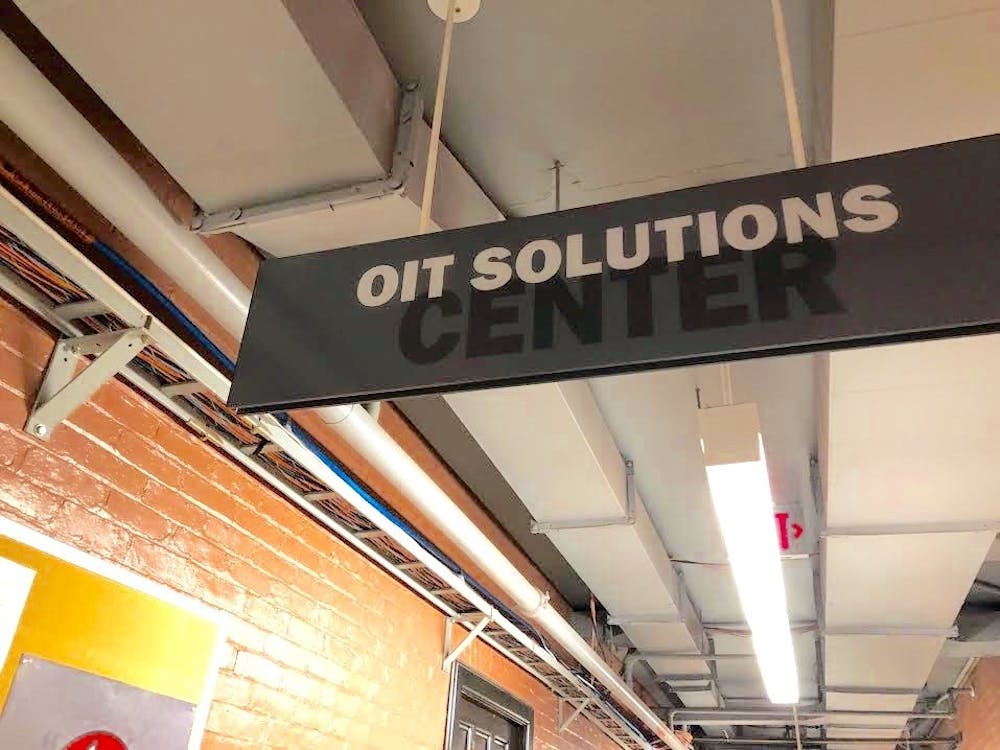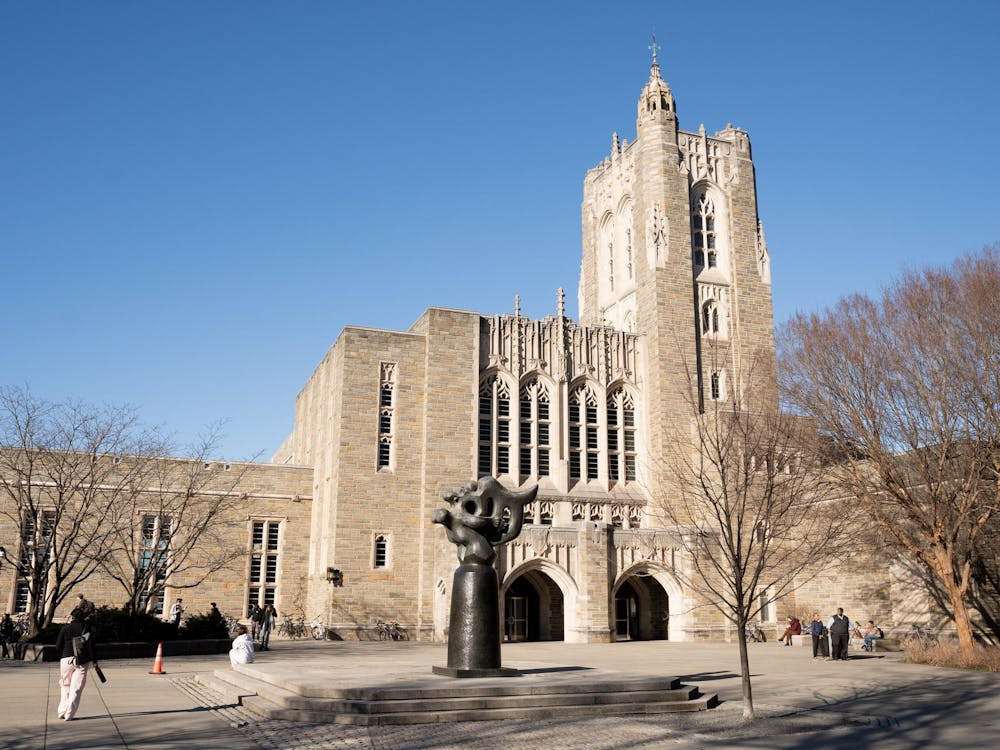Nowhere was this tendency towards self-flagellation more evident than in the reaction to the Committee on Background and Opportunity (COMBO) survey. After keeping the survey’s findings hidden during a period of discussions with the administration on “what to do” about the problems it exposed, the USG finally released them to the public, accompanying its generous display of openness and transparency with a display of deep concern about the survey’s implications.
COMBO’s results are undeniably useful for those who are legitimately concerned about socioeconomic issues, and the USG’s predictable behavior was understandable, if ultimately unjustifiable. But its embarrassment was also based on the revelation that “Princeton students tend to interact primarily with those of similar backgrounds.” It was anchored, in other words, on an essential article of elite college faith: that self-segregation of any kind reeks of racism and classism and tends to corrode the campus community. As the Editorial Board argued, self-segregation “limit[s] the potential benefits of the University’s diversity initiatives,” initiatives aimed, according to the Carl A. Fields Center website, at “fostering cultural understanding, communication and collaboration.”
This is, in a sense, true. By sticking together, people with similar backgrounds undoubtedly make the life of an administration that emphasizes “cultural understanding” more difficult. But it might do some good to inquire not into the supposed shortcomings of Princeton undergraduates, but into the shortcomings of Princeton’s “multicultural” rhetoric.
Such an inquiry might begin with a simple realization: There are essentially two kinds of culture. One is the kind that can be found sitting on a plate in an Indian restaurant or marching down the street in a Greek parade. It is culture as a commodity, as something one consumes to feel, or simply appear, tolerant, open-minded, “eclectic.” Because it comes in a packaged, easily digestible form, it can be consumed omnivorously. So “diversity” and “multiculturalism” become straightforward things, things marked by “dialogue” rather than conflict, “understanding” rather than confusion.
The other kind of culture is experienced by those whose values and worldviews go beyond platitudes about embracing all values and worldviews. They are people for whom a “culture” is a way of life. Practices and foods are treasured not for their novelty or for the “flavor” they add but for their place within a larger value system. This kind of culture is, most importantly, something that brings people with shared beliefs together — and, as a corollary, tends to exclude those who do not share those beliefs.
This disconnect can be seen in the clash between the stated goals of diversity initiatives and their actual results. Again and again, people with different backgrounds are thrown together as part of ambitious schemes. Again and again, well-intentioned bureaucrats eagerly observe them, waiting to see the “dialogue” unfold. Again and again, the bureaucrats are disappointed, and an indignant cry of “Self-segregation!” ensues. They are shocked that physical proximity does not breed emotional connection. They are shocked at the notion that “culture” might involve some preference for one’s own — for one’s beliefs, one’s ideas, one’s kind.
They are shocked, in short, because they believe that culture has no connection to conviction; because they believe that students can adopt their feel-good cultural relativism while still preserving their own values. And so they cannot anticipate that a campus composed of disparate cultures will, as a result, be composed of disparate communities. They remain in the thrall of an all-too-common illusion: that you can have it both ways, that “celebrating differences” and promoting unity are always reconcilable goals.
By emphasizing “diversity” and taking a non-judgmental attitude towards cultural differences, elite colleges have allowed self-segregation to flourish. And — shocking as this may sound — maybe this is OK. Indeed, actually achieving a culturally homogenous, truly “united” campus would likely involve some fairly retrograde, even repressive policies. For those of us who mind our own business, who interact within our preferred social and, yes, cultural groups, today’s conditions are hardly intolerable. We can certainly put up with a university that lets us do what we want. Somewhat harder to tolerate are those who believe it is their duty to scold us for the social choices we make — those administrators and campus voices who expect us both to be “diverse” and to conform to an unrealistic standard of human behavior. That’s something we can definitely live without.
Andrew Saraf is a sophomore from Chevy Chase, Md. He can be reached at asaraf@princeton.edu.








